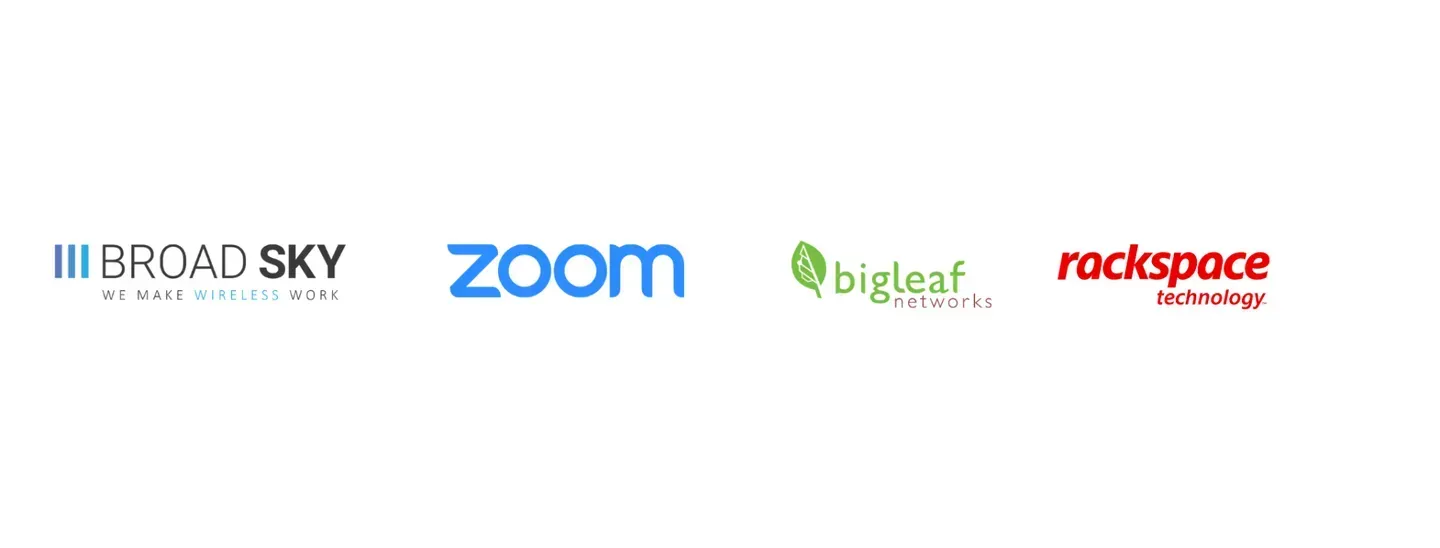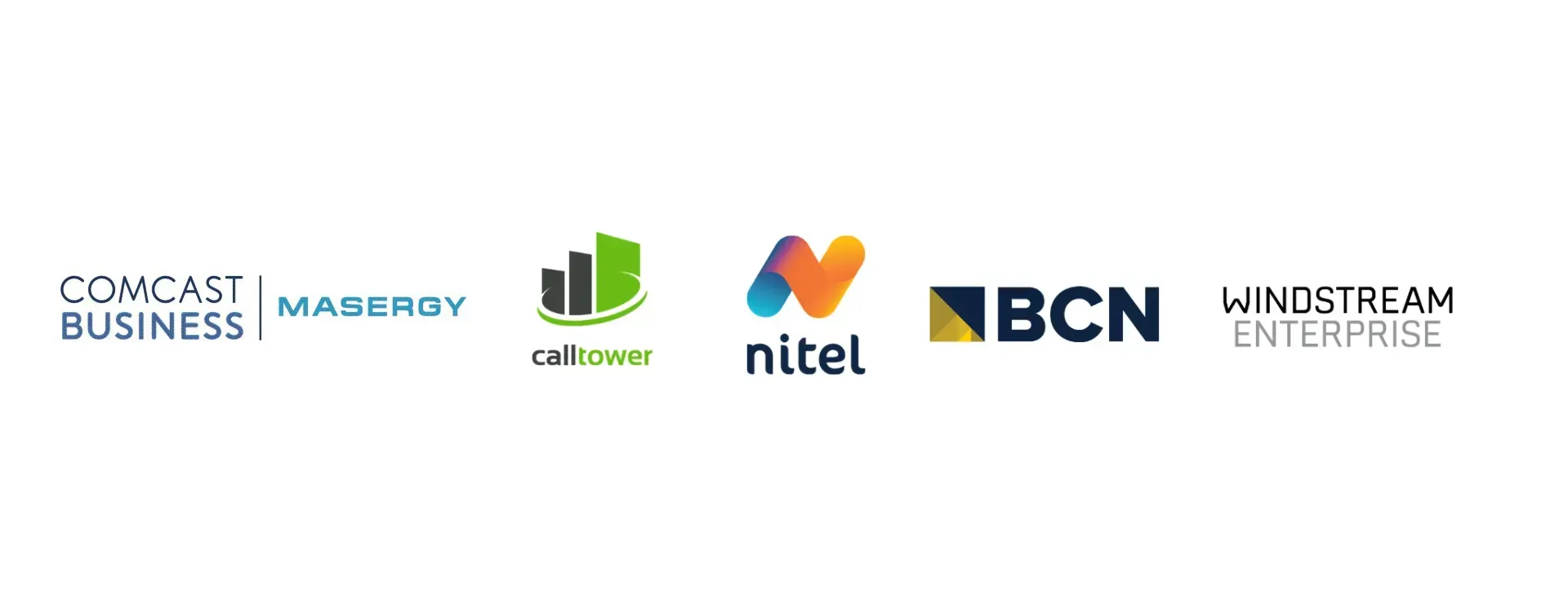VoIP Installation in San Francisco, CA

SIP and VoIP are two of the most important ways to keep a company connected. At Top Speed Data Communications, we have been expertly setting up and optimizing these systems for over two decades.
Businesses around the Bay Area count on us to help their brand become more technologically savvy and quicker on their feet, and we will be happy to do the same for you too. Learn more about how SIP and VoIP work and their unique benefits below.

SIP Trunking
SIP Trunking is a signaling protocol used to create, manage, and terminate sessions in an Internet Protocol (IP) based network.
A session could be a simple two-way telephone call or a collaborative multi-media conference session. This allows services like voice-enhanced e-commerce, web page click-to-dial, or Instant Messaging with buddy lists in an IP-based environment. It should be noted that the job of SIP is limited to only the setup and control of sessions. The data exchange details within a session, e.g., the encoding or codec related to audio/video media, is not controlled by SIP and is taken care of by other protocols.
Benefits include:
- Eliminates the need to invest in costly (and less capable) TDM1-gateway equipment infrastructure or desktop equipment
- Nullifies the need to purchase equipment, such as managed-media gateway devices, to interface between IP voice and the PSTN2
- Provides point of presence 3 in multiple U.S. cities so that companies can establish local numbers rather than rely on an 800 number
- Accesses the benefits of a hosted VoIP service without discarding
- IP trunks can offer significant cost-savings for enterprises, eliminating the need for local PSTN gateways, costly ISDN4 (Integrated Services for Digital Network), BRIs5 (Basic Rate Interfaces), or PRIs6 ( Primary Rate Interfaces)
Is SIP Trunking Right for You?
Let us help you decide. We will meet with you to discuss your business needs, explain the pros and cons of different SIP Trunking carriers, and walk you through the selection process.
Once you've decided on a carrier, we'll work with you to design your network, identify cost savings, place your order, manage your project, and work directly with the carrier throughout the implementation.
All the while, you can continue to do what you do best – run your business.
Common Acronyms to know
- TDM - Time Division Multiplexing transmits data by breaking the signal into multiple segments, which are transmitted separately over a single signal. Data is then reconstructed at the receiving end using a method based on the transmission timing.
- PSTN – Public Switched Telephone Network is the aggregate of the world's circuit-switched telephone networks operated by national, regional, or local telephony operators, providing infrastructure and services for public telecommunication.
- POP – Point of Presence is an artificial demarcation point or interface point between communicating entities.
- ISDN – Integrated Services for Digital Network is a set of communications standards for simultaneous digital transmission of voice, video, data, and other network services over traditional public switched telephone network circuits.
- BRI – Basic Rate Interfaces is an Integrated Services Digital Network (ISDN) configuration intended primarily for use in subscriber lines similar to those that have long been used for voice-grade telephone service.
- PRI – Primary Rate Interfaces is a standard telecommunications service level within the Integrated Services Digital Network (ISDN) specification for carrying multiple DS0 voice and data transmissions between a network and a user. DS0 is a basic digital rate of 64 kbit/s corresponding to the capacity of one voice-frequency-equivalent channel.

Voice Over Internet Protocol (VoIP)
VOIP, also known as an IP telephone or internet telephony, is making phone calls using a broadband internet connection instead of phone lines. VoIP is the combination of hardware and software that allows the routing of voice transmissions over public or private IP-based networks. VoIP can be hosted (the equipment is not at your physical location) or your IP phone system.
Since VoIP calls are transmitted over your broadband internet connection, bypassing your regular telephone service provider and avoiding the numerous taxes and other charges normally incurred, the cost savings can be significant.
With the increased demand for VoIP services and a growing number of VoIP Service Providers, the competition and subsequent pricing battles make it a great time to consider a VoIP network. VoIP portability makes it an attractive option and avoids expensive phone and cell phone roaming charges when you are away from your office. With a high-speed connection, people can reach you at your local number, regardless of location. Some VoIP premium features include voicemail, caller ID, telemarketing screening, three-way calling, and call return. The sound quality of VoIP calls has improved with time, and today the experience, for the most part, is indistinguishable from the standard voice quality we've come to know for decades over phone lines.
Types of VoIP Solutions
HOSTED VOIP - PROVIDED BY A CARRIER
With Hosted VoIP solutions, all the equipment necessary for controlling the call is in a central office or a data center maintained by a carrier, including the equipment. The only equipment needed would be compatible VoIP phones and a broadband connection to the hosted system.
PREMISE-BASED VOIP - OWNED AND MAINTAINED BY THE BUSINESS
Premise-based VoIP systems are also very popular and give you the advantage of VoIP within your company's wide area network connecting remote locations. Generally speaking, the premise systems will have a higher upfront cost to deploy and take more management to administer. Which system is good for your company depends on many variables. We'll help you decide by meeting with you and discussing your business needs and the options available for your specific goals. Once you've decided on a carrier, we'll work with you to design your network, identify cost-savings, place your order, project-manage, and work directly with the carrier on your behalf through implementation. All the while, you can continue doing what you do best: running your business.














